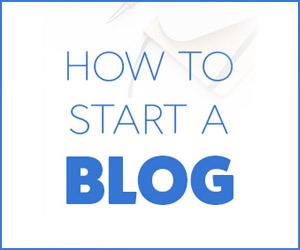
The ‘what’, ‘why’ & ‘how’ of Sustainable Fashion
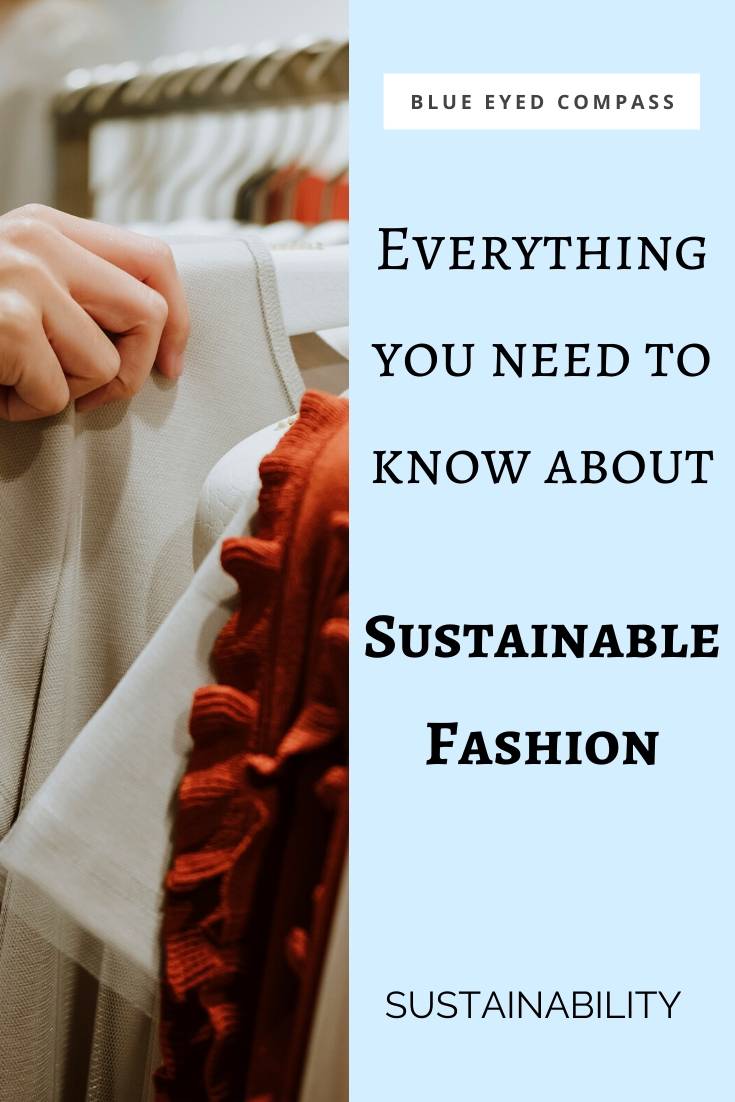
We are given extremely mixed signals on what we should do in regards to sustainable fashion
- Do we purchase local only?
- Should we rent our clothes?
- Does the fabric need to be 100% organic?
- Should items be made from recycled materials?
All of these questions and ideas start to feel overwhelming, and even more so confusing.
However the notion behind all of this is that people are taking closer looks into the clothing they purchase – a sustainable lifestyle starts with an exploration or an interest in the topic. So you’re on an awesome path!
Unfortunately, fashion cannot be 100% sustainable or compostable; just the act of washing your clothes is unsustainable (and we’ll get to that in more detail below). However we can make massive improvements to what we currently purchase and our consumer choices.
While impossible to reach 100% sustainability, the point of sustainable fashion is to have a wardrobe that you are proud to wear, and that helps to maintain our environment and the textile workers. From the boardroom to happy hour, or loungewear to formal wedding, there are sustainable solutions for all of your clothing choices.
What will make the biggest difference, is up to us making smarter consumer choices
DID YOU KNOW- a clothing label that states ‘sustainable’ means next to nothing? The use of the term has little academic or authority backing to it – just like how many foods are labeled ‘All-Natural’ vs ones labeled ‘Organic’. One label (organic) needs quality checks and minimum standards, the other can be freely used. The solution to this? Become a smarter consumer.
Fashion is a consumer-forward industry, and we, as individuals, are the driving forces for it. Which means we are the ones with the power. When we are vocal and when we are selective for which brands to support with our hard earned money, we are making a change.
Read on to learn more about what sustainable fashion means and why it’s important (so that you can be that bad ass powerful consumer that makes a difference!)
What exactly is ‘sustainable fashion’?
Let’s break the phrase ‘sustainable fashion’ down:
The idea behind the word ‘sustainable’ means the process can be done indefinitely with no impact on the environment..
And fashion includes your clothing (of course), as well as shoes and accessories (jewelry, belts, hats, scarves, etc)
————
So, sustainable fashion, if done correctly, is the entire process of creating, selling & owning a fashion item, and one that can be created and used forever so that the planet would feel no negative impact from it.
What’s important to understand is that sustainable fashion is not just about the fabrics that are used in an item, but the entire system that’s in plan when an item is produced.
✔ From the beginning design,
✔ To sourcing the materials,
✔ The manufacturing process,
✔ The people involved in manufacturing,
✔ How the items are transported and what kind of carbon footprint that leaves,
✔ To the consumers intended use of the item, how they care for it,
✔ And when & how they discard it.
Are you beginning to understand how in depth this topic can be? Let’s clear up some confusion with a list of the types of sustainable fashion labels and terms you may see:
Interested in sustainable travel? Learn about how you can help prevent Overtourism
Types of sustainable fashion labels & terms
- Artisan Made: crafted by a skilled craftsperson who makes a small quantity of an item
- B-Corp: aka Benefit Corporation, a B-Corp label means the item has been certified by a third party known as B-Lab. B Corp Certification is “the only certification that measures a company’s entire social and environmental performance”. You can learn more about their process here.
- Biodegradable material: fabrics that can be broken down and decomposed quickly
STAT- any one fashion item can take up to 200 years to fully decompose!
- Bluesign Certified: the bluesign label guarantees that the items used in a product were sustainable and clean, resulting in a safely manufactured end product. You can learn more about them here.
- Fair & ethical: this is for the manufacturing warehouse employees. If a company is fair and ethical, then they are paying living wages to their employees.
DID YOU KNOW- mill workers are notoriously underpaid by the majority of fashion brands? For example, women working in Delhi textile mills are paid $80/month, when the standard cost of living is around $350/month
- Fair Labor: thanks to the Fair Labor Standards Act in the United States, it enforces a right to a minimum wage and overtime pay. For companies that are international look for a Fair Labor Association Certification here.
- Fair Trade Certified: this organization certifies fair trade companies by ensuring the artisans and producers being employed in developing countries are paid fairly & work under healthy working conditions
- Green & Clean: a phrase used for an item that was made with the environment in mind. It’s a turn of phrase and not a set standard.
- Green America Certified: this 501(c)3 non-profit certifies companies looking to use their business as positive social change and want to be environmentally responsible. Read more about them here.
- Locally Produced/Made: the item(s) was made locally to where you are purchasing it. A locally produced item has a lower carbon footprint as it did not need to be transported very far.
- Minimalism: the act of owning a few staples in your wardrobe, rather than a large and seasonal wardrobe.
- Natural dyes: use of natural, plant-based dyes to color fabrics and materials
- Natural fibers: also known as fabrics, all natural, plant-based materials are used to form threads. These can come from plants, animals or minerals.
- On Demand/Custom: instead of creating 10,000 of one item, an on demand item is created once a purchase is made or a need-by basis. Therefore, eliminating excess waste of items that may just sit in inventory only to be thrown away.
- Organic Fabrics: Fabrics whose threads are made with no pesticides. *Many organic fabrics require large water usage.
- Recycled Fabrics: fabrics that are stripped down to threads and reused in another item. They reduce waste, and are much less reliant on fossil fuels.
- Upcycle: the process of taking an unwanted, older item, and updating it for re-purpose. For example, taking an old t-shirt and using it as a dust cloth, or cutting a long bridesmaid gown into a shorter, less formal dress.
- Vegan: an item that does not use any animal product in the fabric. *No animal fabric is technically humane.
- 100% material items: think of 100% cotton tops or 100% linen pants. There is no process that can separate different types of fibers, so items that are 100% one fabric are easier to recycle.
Make an impact on the world by making your voice heard –
Why is sustainable fashion important & why should I care?
There is a buzzword term, similar to overtourism, known as ‘fast fashion’, and it essentially stands for the majority of items you can purchase at a mall or online. It’s a term that describes fashion retailers whose items are inexpensive and the styles change frequently to keep up with new trends (think Zara, Forever 21, H&M, etc). And it’s this fast fashion that is contributing to so many negative impacts on the planet and individuals.
DID YOU KNOW- the fashion industry contributes to 8% of the greenhouse gas emissions, if things don’t change it most likely will increase to 25%!
You should care about sustainable fashion for two main reasons:
- The environment
- The people
The fashion industry burdens a heavy toll on the environment. The main problems being…
- Greenhouse gas emissions in mills
- Greenhouse gas emission from transportation of goods
- Deforestation of land for materials
- Water contamination and water shortages from the mills with microplastics and poisonous chemicals
As for the people it affects, there are hundreds of thousands of individuals who are employed in mills in varying developing countries. Their working conditions are barely acceptable at best (often without basic needs being met, such as no bathroom privileges), and more often than not they are extremely underpaid. In fact, the US Department of Labor has listed employment in the textile industry and manufacturing in multiple countries as ‘modern day slave labor’.
Think about that – that cute dress you purchased for $15 at the mall was potentially stitched together by someone who works in an environment listed as MODERN DAY SLAVE LABOR.
Both the environment and the working conditions for employees are main reasons why you should care about sustainable fashion. Remember, the goal is to have a wardrobe that you are proud to own and wear, and to help eliminate our carbon footprint through our fashion selections.
With these goals in mind let’s move on to the benefits of supporting companies who produce sustainable fashion items.
The PRO’s to ethical & sustainable fashion
✔ The people making your clothing are being treated well and paid fairly: Ethical fashion brands ensure their manufacturing process enforces a safe environment, with reasonable hours and proper pay.
✔ Elimination of waste: Some fashion brands have found ways to take the waste from other companies and utilize it into brand new items. For example, Patagonia creates recycled polyester from soda bottles.
✔ Protect the environment: Many sustainable fashion brands focus their efforts on protecting the environment; for example by recycling water & avoiding harsh chemicals.
✔ Better quality clothing: Sustainable fashion includes making items that last for a long period of time. You are essentially paying a slightly higher price for an item that will last you for years. As opposed to fast fashion stores whose clothing easily tears or deforms in the wash.
DID YOU KNOW- When you wash your clothing micro plastic fibers are lifted from the clothes and cycle into our water?
✔ Personal pride: By making a methodical choice to purchase from a sustainable fashion brand, you are (1) essentially voting for what you want to support, and (2) you’ll feel great about supporting a company that values human rights and the planet, and of course your style!
Travel in style with these Sustainably made travel backpacks
Why is sustainable fashion so expensive?
Let’s think back to our basic economics classes, where someone instructed us on the cost analysis of an item – the cost of the designers, the people who create the product, the cost of the materials, transporting it to stores, etc. All of those things are taken into consideration when deciding on the cost of an item.
If a fashion company is able to create a product that is cheap for them to produce, especially in bulk, then they can charge that product for a lower cost. Sounds great, right? It may be for our wallets, but definitely not for the longevity of the planet.
A fashion brand focused on sustainable & ethical practices typically sell products at a higher than average cost because…
✔ they are paying more than their competitors in design,
✔ paying their mill workers higher wages,
✔ take into consideration the cost of water usage at the mills and the carbon footprint of their transportation
All of these things increase the overall cost of an item, leading it to be a higher price.
What does all of this mean for you, the consumer?
It means that when you spend a little bit more on items that are sustainably produced then you are helping to support companies who are doing what is right for the environment (rather than what is right for their self-interest).
Solutions for sustainable fashion :
There are two segments when it comes to solutions for the fashion industry to be more sustainable:
Brands & Consumers
I bet that was pretty obvious, but let’s go deeper into what the solutions actually are…
BRANDS – brands need to have higher standards for quality & outputs
– Brands can focus on lowering their carbon footprint of the items they develop. Including the materials used, to the carbon footprint of the mills they use, to transportation. All of which can easily be done by bringing in green consultants to help evaluate where changes can be made.
DID YOU KNOW- 75% of a fashion items entire carbon footprint takes place at the mill that its created in?
– Fashion companies can increase their wages to garment workers to at least standard living wages. This change would only cost brands less than 1% of the price of the garment according to a report from Oxfam.
YOU (CONSUMERS)
– Consider how your purchase affects the environment; the entire life cycle of each item you purchase, and how investing in items that will last longer will help you as well.
– Educate yourself: research what the brand is doing to be more sustainable. If a company is doing so they will share it on their website and be transparent about it. If they aren’t proving it to their consumers then it most likely means they’re hiding something.
– Repair, reuse & recycle: instead of tossing every item that becomes slightly damaged, see if you can repair it. Or find another use for it, or recycle it.
– Need specialty gear for a trip? See if you can BORROW it! Previously, I’ve borrowed dresses for weddings, snorkel gear, and camping equipment.
– Use a filtered washing bag for synthetic clothing to prevent microplastics from entering your water system – try out Guppyfriend Washing bags!
– Purchase high quality items, rather than having high quantity.
*When you purchase a new garment of any kind be sure to look for the following from the brand:
✔ High quality materials
✔ Environmentally friendly production process
✔ Do they consider & take action on ethical manufacturing processes?
✔ Are they promoting that you donate or hand down your used items when you no longer want it/them?
✔ & when you no longer have use of it will you be able to recycle it into another garment or textile item?
-Try doing a clothing swap: once a year aim to clean out your closet. Find items that you haven’t worn for a while and do a swap with your friends. Your clothes will have a second life, and if you end up changing your mind about wanting to keep it you can always ask for it back.
-Shop at second hand fashion stores or go thrifting: many second hand fashion stores carefully check the quality of their items, so you’ll be getting gently worn pieces for a fraction of the cost. And thrifting is even cheaper! I have found a few staple pieces in my pieces from thrift stores on my travels. *Tip- second hand fashion stores aren’t much cheaper in California where I live, but in other countries, where the USD goes farther, you can find stellar pieces for next to nothing!
-check if the brand is Slow Fashion: slow fashion means they aren’t putting out new items every 3-6 weeks. Instead they carefully curate seasonal pieces that are meant to last. They have a slower turnover rate of styles, and the items are made artfully & with the environment in mind.
Is thrifting considered sustainable fashion?
Some believe that thrifting isn’t a part of the sustainable fashion movement, as it doesn’t support the use of environmentally friendly fabrics and development, or safe working environments for workers. So this will be a personal decision on your part. In my opinion, thrifting is sustainable fashion. I don’t think it’s the best answer, but for those of us who aren’t in a position to afford higher priced, sustainably made clothing and don’t want to give more money to cheaper made products, thrifting is a great option.
You’re able to give an unwanted item another use, that would otherwise be in the garbage.
Sustainable Clothing Materials
Which fabrics are most sustainable? Here is a list of eco-friendly fabrics that you should keep an eye out for:
- organic linen
- hemp
- organic cotton *however, this has a high water usage when being made
- ethical wool *there are some who believe any wool is animal cruelty, and others who feel the animals naturally produce wool & need to be sheared. I stand with the middle ground, when a company openly shares their wool shearing process and shows that they are doing so humanely and with compassion.
- tencel marked with the FSC label
Worst fabrics for the environment (aka avoid these):
- acrylic
- lycra/spandex
- nylon
- polyester *you’ll see polyester in almost every piece of fast fashion clothing, and unfortunately it’s one of the worst fabrics for the environment
- bamboo *bet you’re surprised by this one! While bamboo grows quickly, the process of transforming it into fibers is intensive & requires a lot of chemicals
Learn more about fashion fabrics here
Sustainable Fashion Brands
You’ve scrolled down this far & might be wondering ‘where the hell am I going to be able to buy my clothes from now on?!’, and I totally feel you. The brands listed below are in no way a conclusive list. They are a few that I’ve researched and found through a stellar app, Good on You.
I will continue to add to this list as I learn more, but as I’m following through on a no spend promise, I would recommend that you do your own research to find sustainable fashion brands that you can support. – I made a promise to myself at the start of 2019 that I would not spend any money on new clothes for one year, so I’ve avoided looking at any fashion brands for over a year (and I may continue this promise through to 2020- hell, maybe I write about why sometime soon!)
Remember, you, the consumer, hold a HUGE part to play in voicing your opinions and utilizing your spending intelligently in order to make a difference in the world. The more who speak up and spend elsewhere, the sooner these pollutant companies will start to change and adapt.
Happy shopping!
-Vitamin A Swim
-Patagonia
-Adidas
-Levi
Sustainable Fashion Resources
- The River Blue documentary – documentary about how polluted rivers are, thanks to our blue jeans
- New Standard Institute – follow them on IG here, an organization started by the founder of fashion company, Zady, they work with scientists to provide actual evidence about the fashion industry for environmental & social objectives
- Sign the NSI petition for brands to align their goals to the environmental ones we need them to
- US Department of Labor List of Goods – this may shock you how many countries are using forced or child labor to produce many of the things we take for granted
- The Global Organic Textile Standard Certification (GOTS)
Pin me for Later!



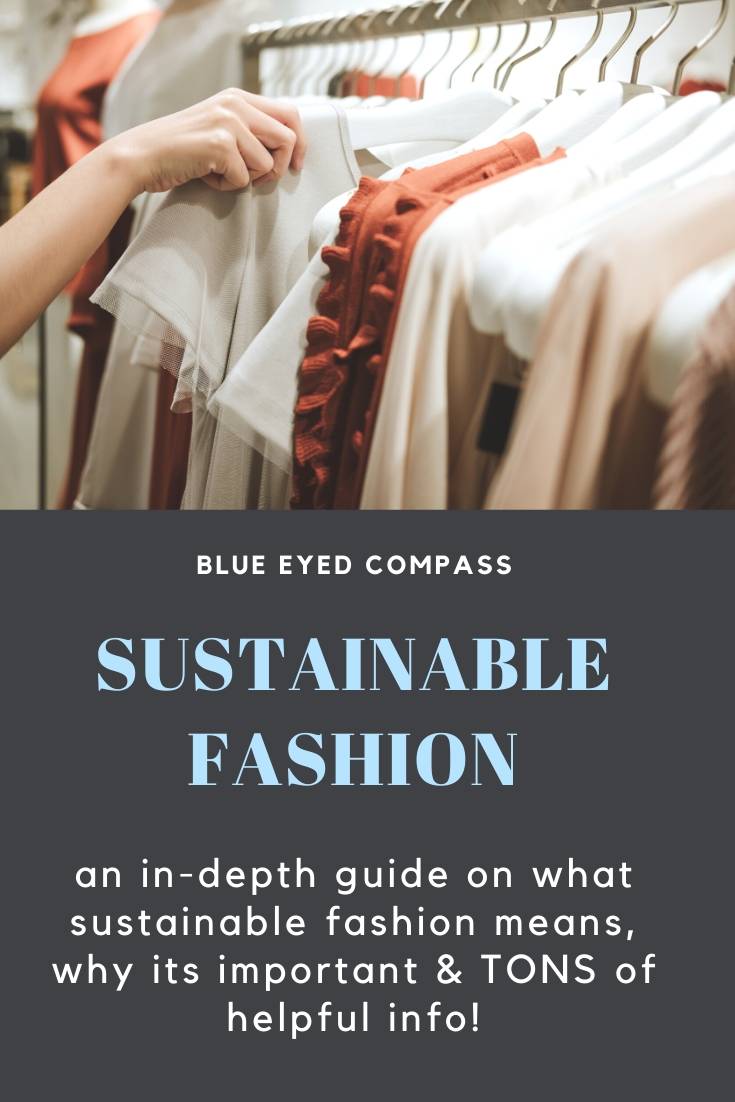

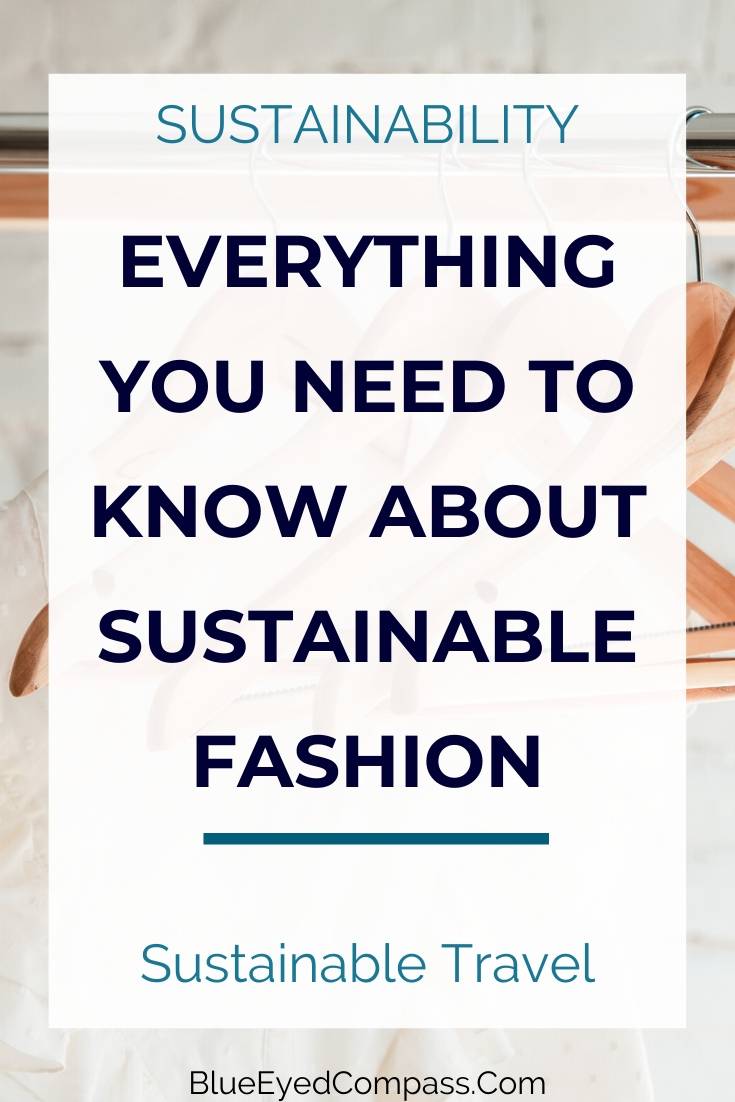

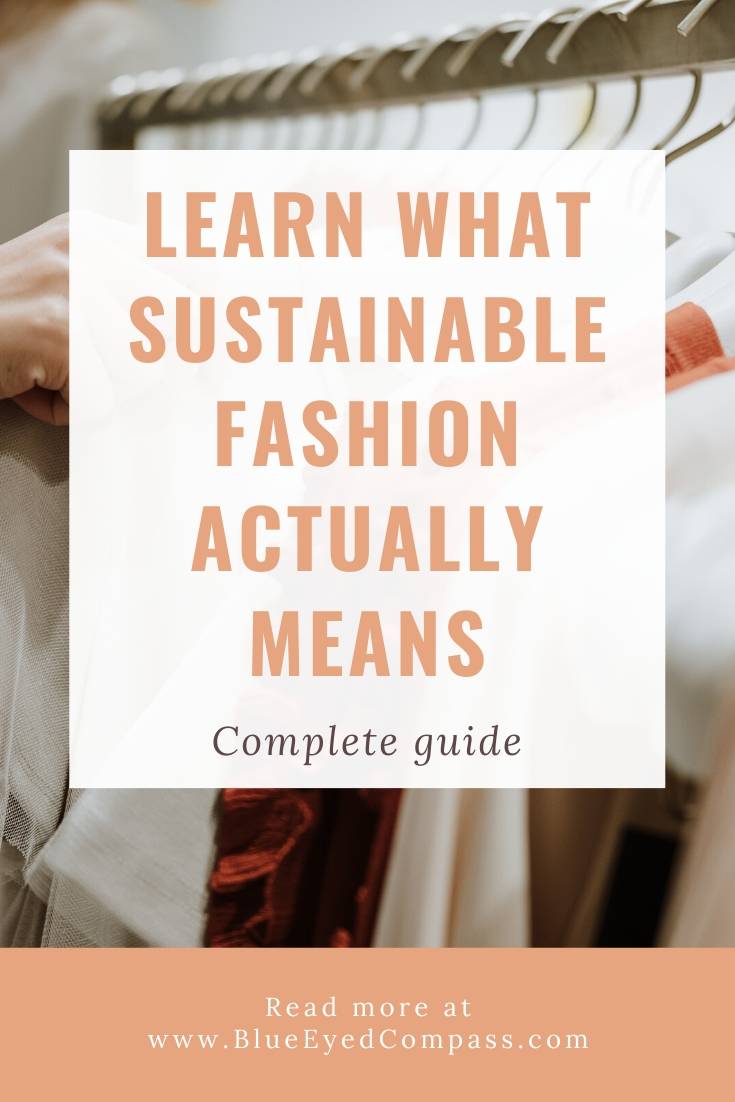

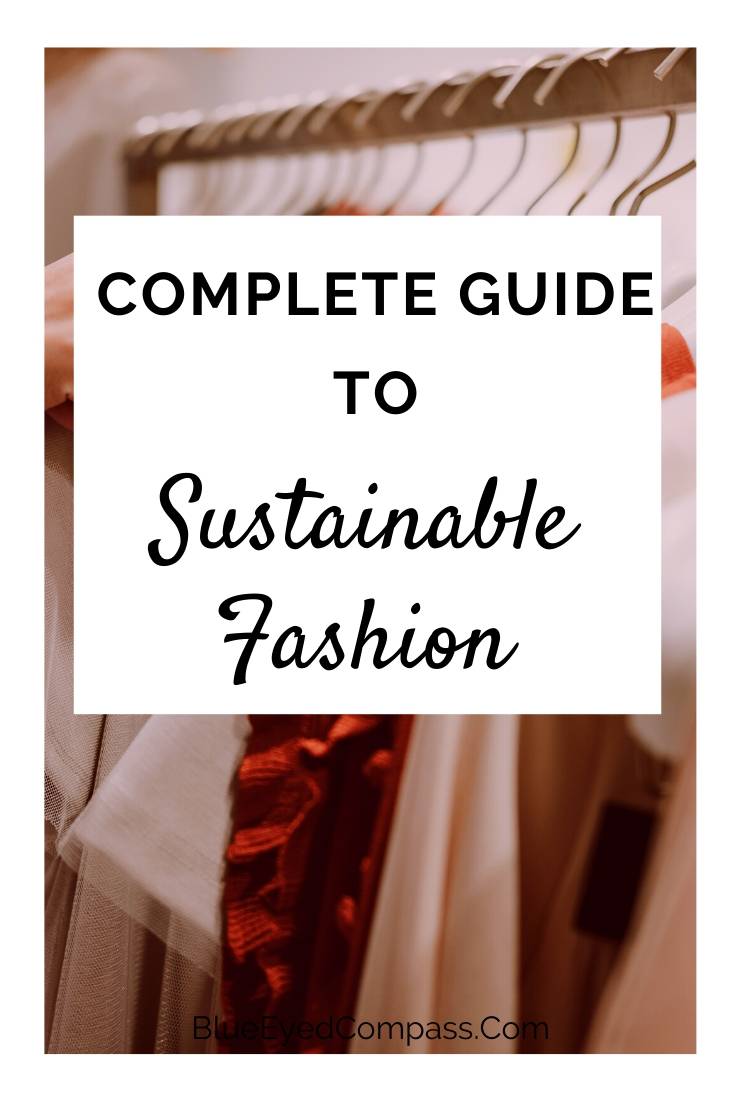

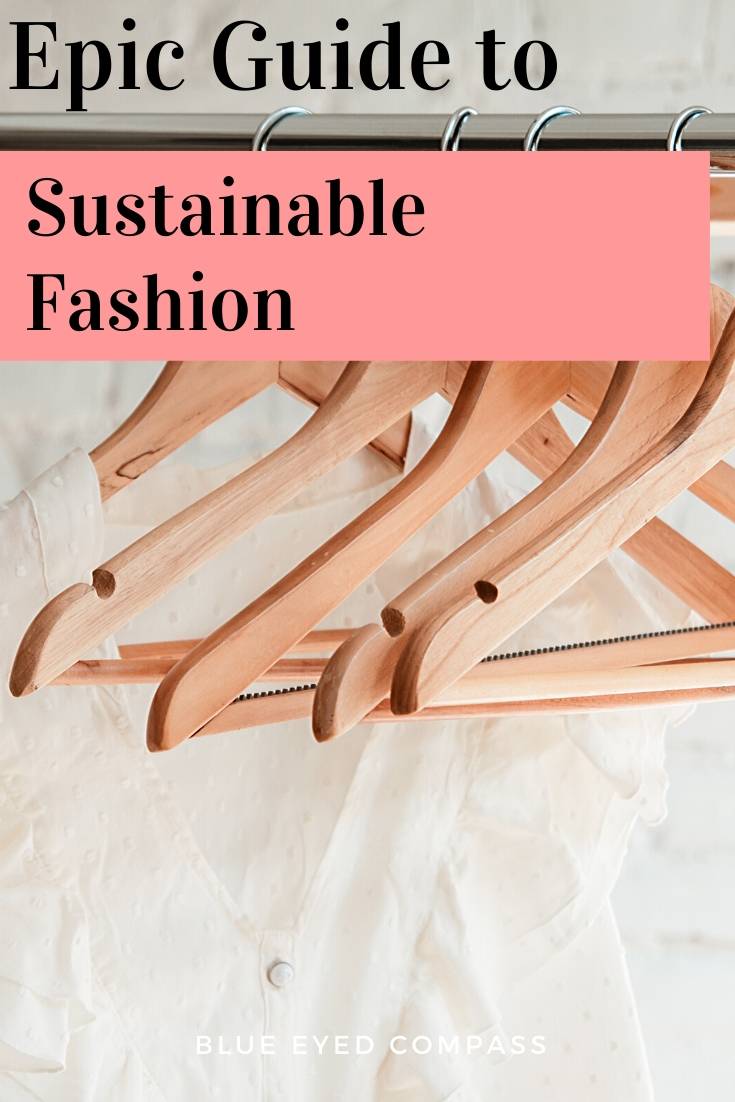

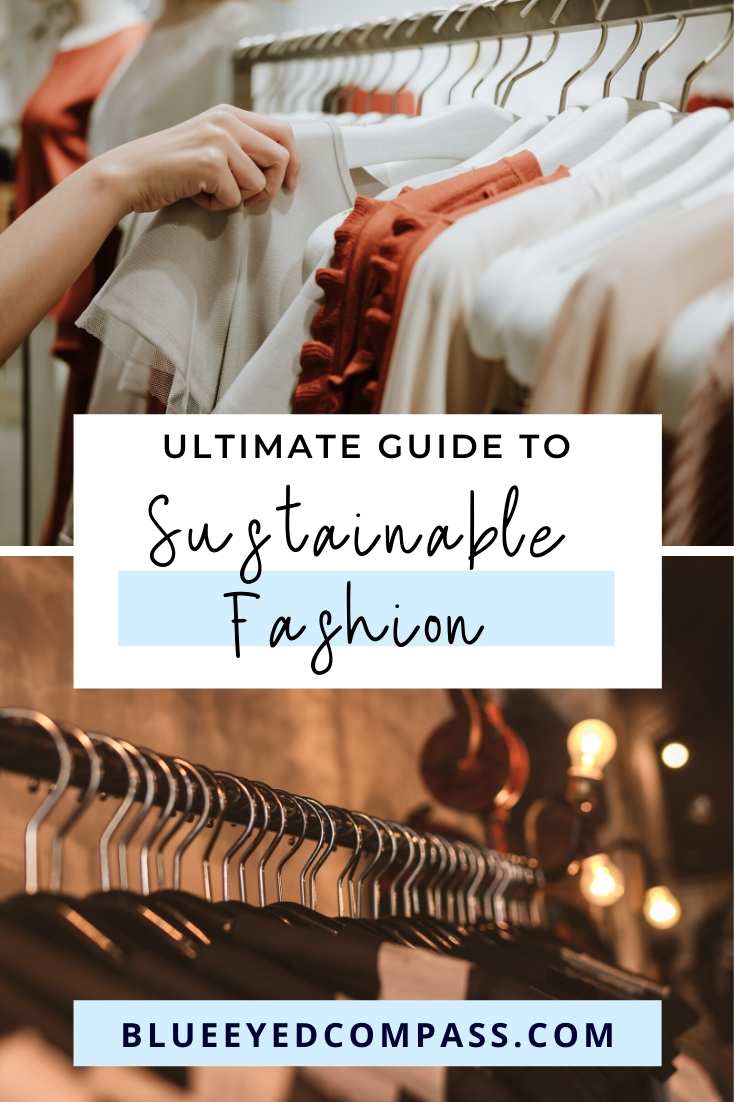

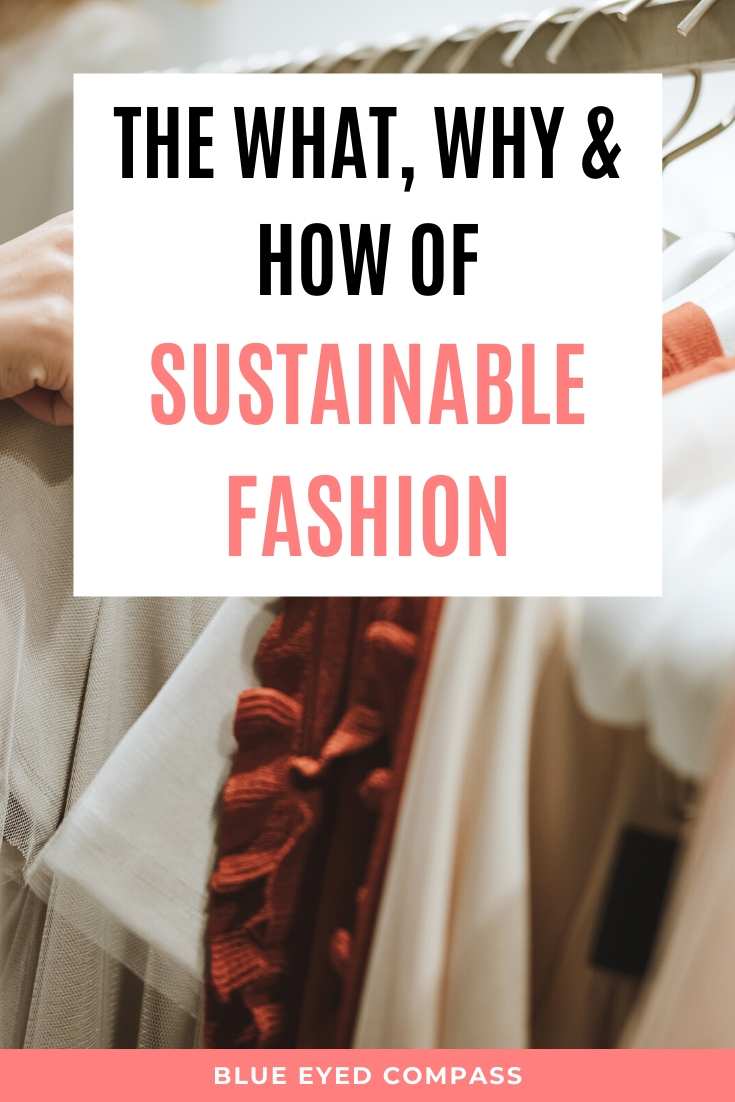

Follow Along


